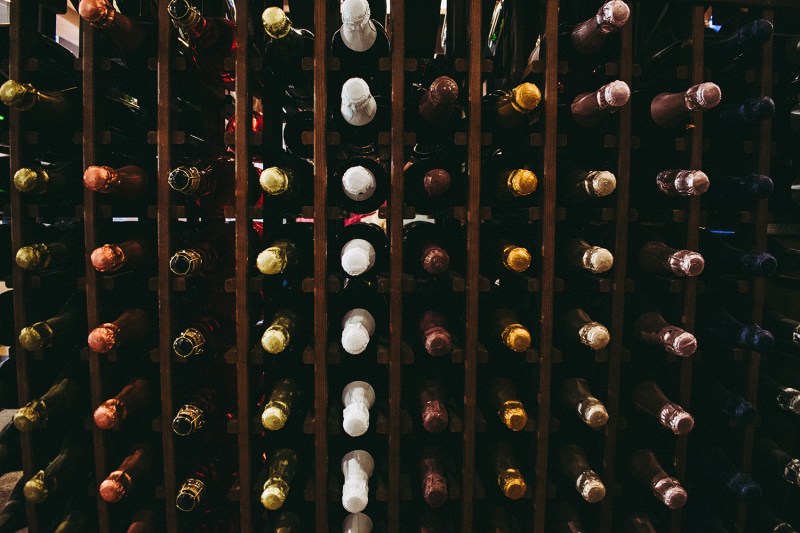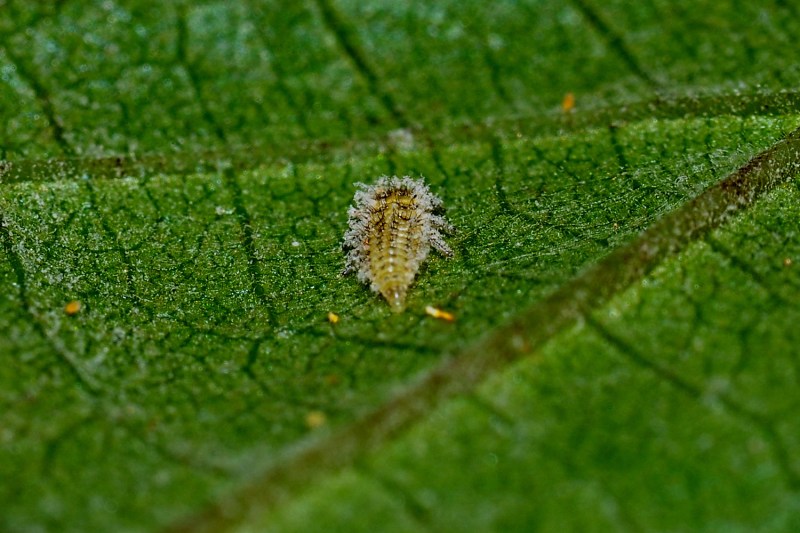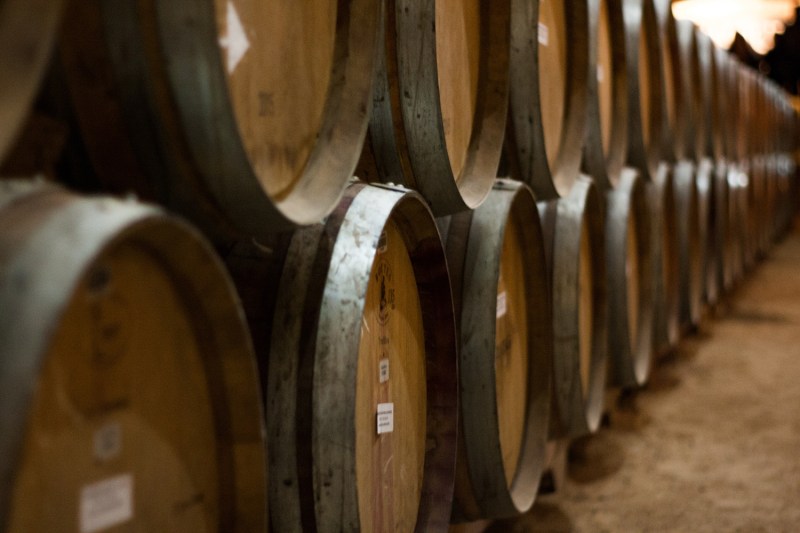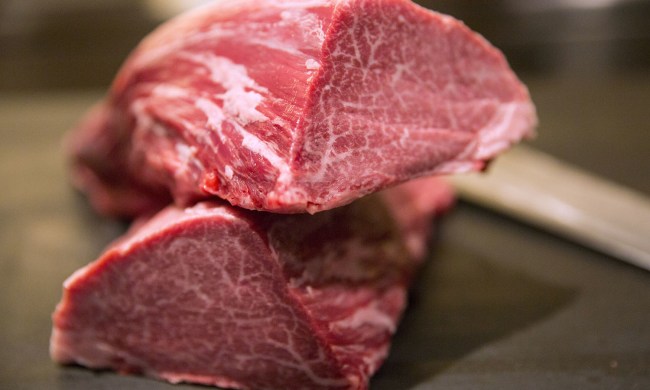There’s always something to be learned in the vast world of wine. Knowing a bit of the language will keep you from getting lost in translation and potentially buying something you might not like. Plus, you’ll sound informed the next time you’re in a tasting room or perusing a bottle shop, online or in person.
So, while you study up on outstanding regions like Alto Adige and unique styles like white pinot noir, pack this handy term guide with you. The list is a combination of winemaking terminology and the words industry types like to use to describe wines and their very specific styles. It might just expose you to your new favorite bottle or producer.
Amphora
An ancient clay vessel used to ferment or age wines, famously utilized by Georgians thousands of years ago and re-emerging as a style today. Read more about it here.
AVA
American Viticultural Area, or one of an increasing number of wine-producing regions defined by their distinctive climate, geology, and growing conditions. Examples include Washington’s Walla Walla Valley, California’s Los Carneros, and Oregon’s Dundee Hills.
Bâttonage
The French term for stirring the lees, which can result in deeper flavors, aromas, and textures in the resulting wine. This can be done in barrel or tank, often with a special stirrer that looks a little like a smaller metal hockey stick.
Bretty
A reference to Brettanomyces, a type of yeast strain that’s become somewhat popular in beer and less so in wine. In the latter, it tends to show pungent medicinal or Band-Aid aromatics. Some like it in small doses, especially in red wines, but it’s largely considered a flaw.
Capsule
The foil enclosure at the top of the bottle, usually covering the cork.

Chewy
An adjective wine pros like to use on heavier wines, often with a lot of tannic structure and alcohol, like shiraz, zinfandel, or nebbiolo.
Co-ferment
A reference to fermenting several kinds of fruit together, whether it’s a few different varietals or several different clones of a single particular varietal.
Cooperage
The age-old trade of barrel building, which involves all of the cool things (fire, wood, and hammering).
Crushable
A term sommeliers in particular like to reference deeply refreshing, often lower-alcohol wines like moscato or certain types of rosé. These are the wines you could crush just like you might a can of Miller High Life.
Inoculation
Adding yeast to fruit, often done to gain more control over fermentations or for flavor reasons. Most who add yeast use commercial strains.
Lees
The gunky-looking stuff at the bottom of a tank or barrel. It’s essentially spent yeast cells and other particles. Aging “sur lie” means leaving the wine on this material instead of racking it off (more on that soon).
Lifted
A buzzy word winos love to use on wines with bright and fresh qualities (they’ll say things like “higher-toned” as well). This can be used to describe the elegant aromatics of a wine or the brightness of the wine’s flavor.
Maceration
The name for the vital period of winemaking that affords a red wine its color and much of its personality. This is the period of extended contact between the juice and the skins (and sometimes the stems, if whole cluster) that can go on even after fermentation.
Must
The young grape juice, skins, seeds, and stems before it ferments into wine. This is the early slurry of stuff that will ultimately convert sugar to alcohol.
Native Yeast
The naturally occurring yeast on the fruit itself that can spark a wild (also called natural or spontaneous) fermentation.
Neutral Oak
Barrels that have previously aged wines several times before and therefore don’t impart nearly as much flavor on the wines. Winemakers especially like neutral wood for fermenting certain whites like chardonnay and aging more temperamental reds like pinot noir.
Own-Rooted
A reference to vineyards planted without phylloxera-resistant rootstock. They tend to be more susceptible to disease, but proponents argue the fruit quality is better and truer.
Phenolics
The large family of flavor compounds, tannins, pigments, and more that contribute to a wine’s flavor, aroma, color and texture.

Phylloxera
Vine-eating blight caused by insects, an epidemic that nearly wiped out all of Europe’s vineyards not too long ago. Read all about it here.
Punch-Down
Breaking down the cap, or solid mass at the top of a fermentation vessel, allowing the wine to circulate and keep the cap wet and integrated. Also, a great way to build your triceps during harvest. Some winemakers prefer to cycle the wine over via a pump.
Punt
The bump at the base of the bottle, a feature full of theories. Most likely created to settle out solids, make it easier to ship, and help with the overall integrity of the bottle.
Racking
Moving the wine from one vessel to another for any number of reasons, from getting the wine off the lees to preparing a blend for bottling.

Reduced
Used to describe a wine that’s made in a reductive style, meaning less exposure to oxygen. This tends to yield musky aromatics, often with a hint of sulfur. The right amount can add character to a bottling, but too much can spoil the whole batch.
Reverse Osmosis
Essentially a sophisticated version of filtration (so fine we’re talking molecular) used to adjust alcohol content, address smoke impact, and more.
RS
Short for residual sugar, which is the sweetness content left over in a wine after fermentation is halted. Most red table wines have little to none. Late-harvest and dessert-style wines can have a fair amount. It’s measured in grams per liter.
Sabering
The best way to open a bottle of bubbly, period. Made famous by Napoleon and a surefire way to win over everybody at your next party. You can learn more about it here.
Smoke Taint
The poorly named title for wine negatively affected by smoke from fires. We suggest “smoke impact” in its place. In small doses, the effects can be interesting. Too much, and it’s like drinking an ash tray.
Split
The term thrown at half-bottles, with a volume of 375 ML. For more about the many wine bottle shapes, sizes, and names, check out our guide.
Sulfites
Sulfur dioxide, which occurs naturally and is often added in the process to prevent spoilage. Read all about ‘em here.
Tannin
The mouth-drying, structure-enhancing stuff that comes from the stems, seeds (aka pips), and skins of grapes.

Terroir
The much-debated t-word essentially means the ability of a wine to reflect where its grown through unique flavors and characteristics.
Topping
Adding wine to barrels occasionally to keep them full and prevent oxidation. What’s evaporated is often called the angel’s share.
Varietal
The name given to a type of finished wine based on the grapes used, as in cabernet sauvignon, arneis, or syrah. Variety refers to the actual grape, before it becomes a wine. Simply, you grow the variety and drink the varietal.
Whole Cluster
Leaving the stems on the grapes when fermenting the fruit, to impart additional flavor and structure.
Wine Key
The wine-opening contraption with the funny screw and typically a knife built in.


